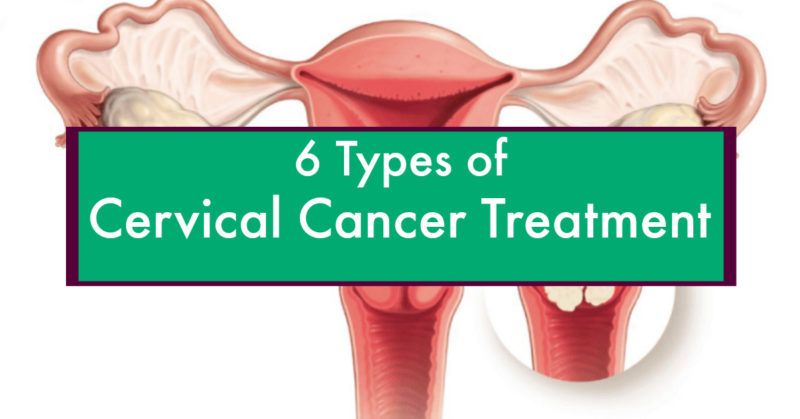The American Cancer Society cites that cancer is the second most common cause of death in the USA. For many of us, we know how cancer can tear a person apart. This disease has tormented people from all walks of life. More than the physical pain, one has also to endure the perils of having a low quality of life brought by cancer and how it makes not only the patients but also their loved ones suffer. There are more than 100 types of cancer and cervical cancer is the type of cancer that has been tormenting the women population across the globe. When abnormal cells start to grow in the cervix, and left untreated, this can potentially be the start of cervical cancer. Most of the cervical cancer cases are caused by human papilloma virus or HPV. This virus can be taken from unsafe and excessive sexual activity. In 2017 alone, roughly 12,820 women in the USA are diagnosed with cervical cancer.
Indeed, cervical cancer, or any types of cervical cancer, can be really intimidating and threatening.
For stages of cervical cancer survival rates, the numbers can be really depressing so cancer patients don’t have to know them. A survival rate shows how many percent of people with the same type of cancer and stage is still alive (and their Quality of Life) in a given period of time. In the past years, the American Society of Cancer has stated the 5-year survival rate. This rate chronicles the case of a cancer patient in a 5-year period. The American Joint Committee on Cancer, a cervical cancer organization, published its 7th edition of staging manual in 2010. The following is the stage and its corresponding survival rate according to their manual: for stage 0, the survival rate (in 5 years, cervical cancer) is 93%; stages 1A and 1B, 93 and 80%, respectively; stages 2A and 2B, 63 and 58%, respectively; stages 3A and 3B, 35 and 32%, respectively; and for stages 4A and 4B, 16 and 15%, respectively. Overall, the cure rate for cervical cancer varies and depends on a lot of factors. In the USA, for white women, the cure rate is 69% while for black is 57%.
But no one should ever lose hope nor give up. In the past 250 years of constant and progressive cancer research, scientists have discovered some breakthroughs and continue to look for the cure. Although there is no drug yet that can automatically cure cancer, there are available options to choose from to help the patient fight the battle.
The following are the 6 types of cervical cancer treatment available:
1. Surgery

This is one treatment that can be done to all types of diseases, especially cancer. Surgery can help in diagnosing cervical cancer, determining the extent of area covered by cancer, and then in treating cancer. For early stages of cervical cancer, surgery may help the patient still conceive a child. This surgery usually involves removing a wedge of cervical tissue which contains the cancer (cone biopsy, loop electrosurgical excision procedure) or removing the cervix however leaving the uterus in place (radical trachelectomy). Note that for most stages, it is more common that the ability to conceive children can no longer be preserved (removal of the cervix and uterus).
2. Radiation Therapy
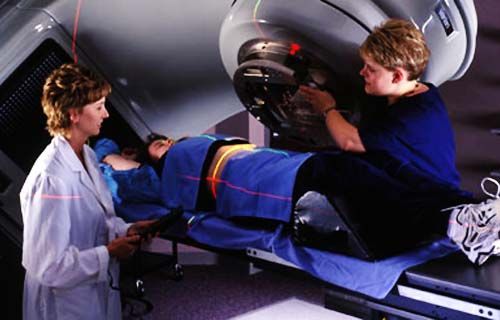
This type of treatment uses high-energy X-rays and radioactive particles to kill cancer cells in the body. There are different ways on how to treat cervical cancer through radiation therapy. First is giving radiation aiming at the cancer from the outside (external beam radiation). Moreover, this is like getting an X-ray exam but with higher dosage of radiation. This treatment is given 5 days a week for 7 weeks. Fatigue, changes in the skin, nausea, vomiting, upset stomach, and diarrhea are possible side effects of this treatment. For more advanced stage of cancer, brachytherapy is recommended. Unlike the first one, this treatment focuses the radiation in the inside or internal radiation therapy. The source of radiation is placed inside a device in the vagina.
3. Chemotherapy
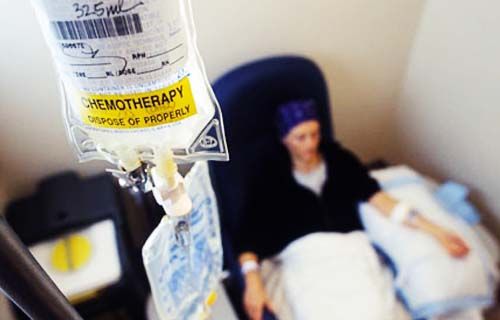
This is the most common treatment for all kinds of cancer. In chemotherapy, anti-cancer drugs are injected into the vein or can be taken by the patient. Entering through the bloodstream until reaching all parts of the body, these drugs can kill cancer cells in a widespread manner. Chemotherapy and radiation often go together as one because chemo helps radiation become more effective. Note that although chemotherapy can kill cancer cells, it can damage normal cells in the body which can lead to possible side effects in the treatment. These side effects are loss of hair, nausea, mouth sores, fatigue, increased chance of infection, bleeding, etc.
4. Targeted Therapy
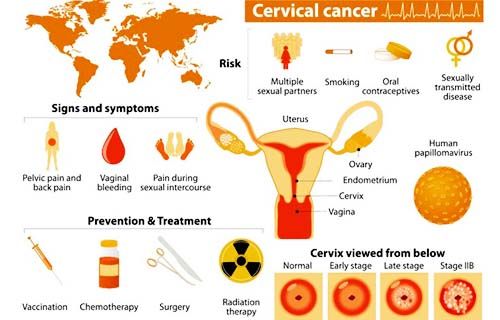
This treatment is one of the latest treatments for cervical cancer. This is also quite similar to chemotherapy. In targeted therapy, a patient is given targeted therapy drugs that identify and counteract peculiar qualities of cancer cells. A cancer can develop its own blood vessel to continue growing (angiogenesis). Targeted therapy drugs such as Bevacizumab (angiogenesis inhibitors) are designed to stop this process. These drugs attached themselves to proteins and receptors on cancer cells, thereby killing the cells and helping other therapies like chemo become more effective.
5. Cryotherapy
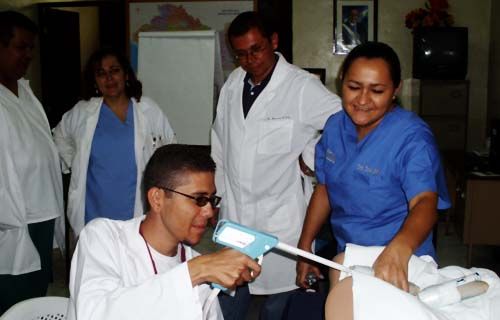
This procedure uses liquid nitrogen to produce extreme coldness to freeze abnormal cells in the affected area. By doing this, cancer cells are destroyed and this can pave the way for the body to create new healthy cells. Also, this kind of treatment can also treat sexually-transmitted diseases like genital warts. 85 to 90% of the time, cryotherapy can successfully kill abnormal cells.
6. Thermalcoagulation

Through this treatment, identifying certain abnormalities of the proteins in the blood is possible. These abnormalities often cause cancerous activities in the body. Thermalcoagulation works through heating or cooling in ablating the extra mass and eradicate malignant cells. This treatment is one of the most promising treatments available now. Moreover, thermalcoagulation is still the subject of countless journal research to further expand the horizons of its effectiveness.
One needs to remember that fighting cervical cancer is never a lost cause. This battle can be won. With all these treatments available, a cancer patient will be fully equipped. However, one thing that is extremely important is global awareness for this disease. There will be no cervical cancer if one has prevented it and is living a balanced life. Anything excessive will have its own disastrous end. Cervical cancer will just be a cancer…you just have to have faith, patience, and persistence. In the end, everything will depend on how a person wields the power in his hands.


